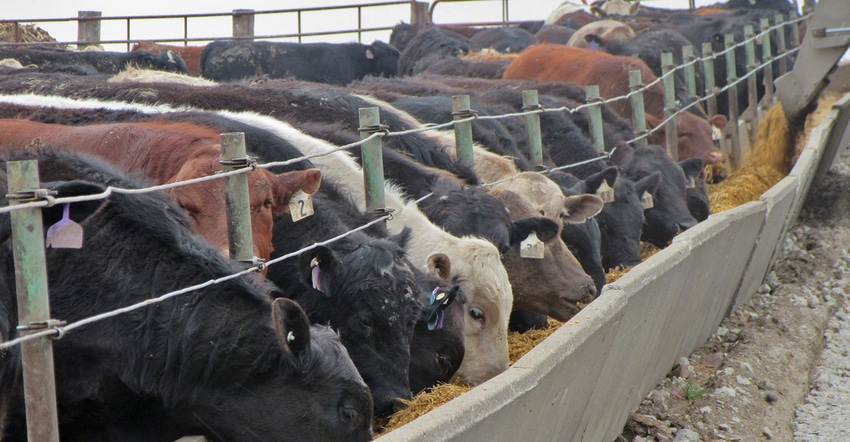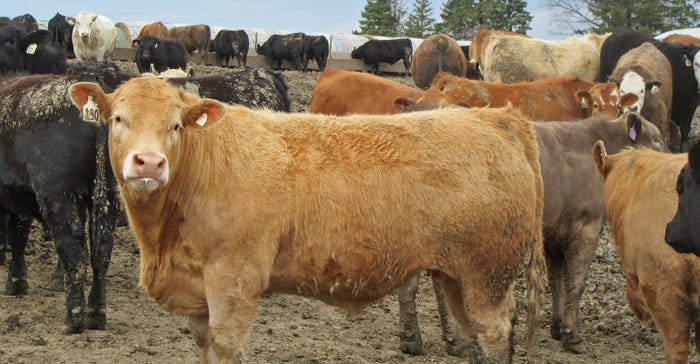
Cattle producers are looking for ways to make their cattle stand out at the sale barn or on the farm.
"A good reputation for having cattle perform well in the feedlot and on the rail helps you receive more than an average set of calves would," says University of Missouri Extension livestock specialist Eldon Cole. One of the best ways to prove cattle are high performers is with data. And Cole says farmers can harness that type of data by enrolling calves in the Missouri Steer Feedout program.
The program
The Missouri Steer Feedout is an educational program started in 1981 by University of Missouri Extension and local cattle producers. According to Cole, the program has three objectives: give cow-calf producers a chance to see how their cattle perform in the feedlot and how their carcasses compare to industry standards; focus attention on southwest Missouri feeder cattle production and show that cattle from this area can compete; and help producers improve the quality of cattle they raise.
While the program will not begin until Nov. 7, Cole says cattle producers should be assessing calves now. Here are five steps to getting calves ready to enter the Missouri Steer Feedout program.
1. Evaluate calves now. Coles says producers should look at their calves born from January to April 2017, and think about which steer calves to obtain data on to help accurately evaluate a farm's breeding program.
The minimum number a producer can enter is five. Most herds consign 10 to 20 head of steers, as they may have two to four herd sires they would like to compare.
2. Speculate on weight. Size calves up, projecting what they will look like in November. "We suggest the calves weigh at least 550 pounds on delivery day," Cole says. Most of the steers will have been born from Feb. 1 to March 20.
3. Get a mix of mommas. Cole recommends entering both steers from older cows as well as those from first-calf heifers. The latter allows a producer see if recent breeding stock decisions are moving a herd to attain future goals. The same could be said for comparing older, younger or artificially sired calves.
4. Wean on time. Plan to wean calves by Sept. 24. The 45 days or longer is an industry standard that is suggested for steers headed to a Tri-County Steer Carcass Futurity feedlot in southwest Iowa.
5. Plan health program. Two rounds of the modified live vaccine must be given at least 28 days before delivery, Cole says. The target date for the last shot is Oct. 10.
He adds that steers must be castrated, dehorned and healed by delivery, and that it's best if this happens before they reach 3 months of age.

OPEN TO ALL: The Missouri Steer Feedout program evaluates the feedlot and carcass merit of all shapes and colors of steers. It gives the owners talking points when they market their cattle. (MU Extension)

Entry details
The entry deadline is Oct. 10, and the fee is $20 per head. All other freight, feedlot and data expenses will be deducted from gross receipts at the conclusion of the program. Coles says that typically, participants receive their closeouts — including a check — before June 15 of the following year.
Individuals who enter 10 head or more may request an advance of $400 per head once the steers are in Iowa. The total advance will not exceed 50% of the market value of the cattle.
The Missouri Steer Feedout is open to all, even those in neighboring states. Details and entry forms may be accessed online at swmobcia.com.
Cattle pickup locations normally are at Joplin (Mo.) Regional Stockyards and the Paris (Mo.) Veterinary Clinic. Other points in Missouri could be used if the numbers of entries justify it.
About the Author(s)
You May Also Like






